Getting the Right Planting Soil Mix for Edibles
How can you get your edible plants to grow and flourish?
Give them a good start by getting the right planting soil mix. After all, soil is a key component that supplies essential nutrients, water, oxygen and root support for all plants.
Healthy vs Unknown Soil
Healthy soil that is rich in organic matter, free of contaminants and supports a diverse community of soil organisms. These organisms are all part of the soil ecosystem and play an important role in promoting plant health and ensuring an adequate supply of nutrients for the plants.
It is not advisable to use soil from unknown sources like from construction sites as it may contain toxic chemicals, heavy metals or harmful microorganisms that may cause edibles to become unsafe for consumption.
Soil Texture
The proportion of sand, silt and clay particles will determine the soil texture and type. It will also determine physical properties such as bulk density, drainage rate and capacity to hold nutrients.
Here are some soil types you can find in gardens in Singapore.
Loamy soil is a good mixture of clay, sand and silt. This is the ideal soil type for most plants as it contains high organic content, also known as humus. This fertile soil is ideal for growing a wide range of plants.
Clayey soil is dense and heavy. It does not drain well nor provide space for plant roots to flourish. It has a greater capacity to hold nutrients and becomes sticky when wet.
Sandy soil is low in nutrients and has poor water holding capacity. It has a gritty feel or rough texture and loses water very quickly.
Soil Additives
Organic matter is material produced by living organisms and broken down through decomposition by microorganisms. One such example is humus. It is the dark brown material in soil, made up of decomposed organic matter, such as dead leaves and other plant material.
Pumice LECA
Horticultural grit refers to inorganic materials like coarse sand, pumice and LECA (Lightweight Expanded Clay Aggregate) that can be added to soil to improve drainage. The recommended particle size is 1 to 4 mm in diameter.
Organic fertilisers are derived from either animal excretions, such as processed chicken manure, or vegetable matter, like compost, as well as properly decomposed plant material.
Avoid applying raw manure or fresh plant matter onto your plants as these may attract pests before they are adequately decomposed to release the nutrients. It may also harbour microorganisms harmful to human health and its smell may be a public nuisance.
To have a productive garden, a good soil mix is essential to promote healthy plants that are less susceptible against pests’ attack.
Preparing Soil Mix for Growing Edibles
In general, the soil used for growing edibles should be loamy and well-draining. It should also be regularly enriched with organic material such as compost to add nutrients, supporting beneficial microorganisms and improving soil texture and water retention.
There is soil mix suitable for growing edibles commercially available in plant nurseries. You may choose to purchase this or make your own soil mix and experiment with different materials!
For growing of outdoor edible plants such as Bayam and Sweet Potato Leaves, use:
• 1 part loamy soil
• 1 part organic material
• Organic fertiliser as directed by manufacturer
For growing of indoor edible plants with the assistance of grow lights such as Mint cultivars, use:
• 1 part loamy soil
• 1 part grit
• Organic fertiliser as directed by manufacturer
Clayey soil is unsuitable for growing most edible plants as it tends to get waterlogged easily and is too dense for good root formation. However, you can improve clayey soil by adding organic matter and grit to improve its texture, aeration and drainage. The organic matter also helps to boost plant growth.
If you have clayey soil that needs improvement, use this ratio for growing edible plants:
• 1 part clayey soil
• 1 part organic material
• 1 part grit
• Organic fertiliser as directed by manufacturer
After adding the components, break up the soil and mix well before use.
Sandy soil is also unsuitable for growing most edible plants as it tends to lose water quickly. Add clayey soil and organic material to sandy soil to improve its texture, aeration and drainage.
If you have sandy soil that needs improvement, use this ratio for growing edible plants:
• 1 part sandy soil
• 1 part organic material
• 1 part clayey soil
• Organic fertiliser as directed by manufacturer
General Tips for Growing Edibles
• Use soil from reliable sources since the edibles grown are for consumption
• Always keep pets out of the garden to prevent the accidental inclusion of raw animal manure
• Prepare the soil prior to every round of planting
• Remove any diseased plant debris
• Clear away any leftover plant debris, trim back the overgrown plants and ensure a clean start for the next planting cycle
• Always keep your garden clean and tidy with good housekeeping practices
Watch these clips: Mixing Soil for Growing Edibles: Part 1 (Soil Basics) and Mixing Soil for Growing Edibles: Part 2 (Soil Amendments), for more information on getting the right soil mix for your edibles.
Gardening with Edibles
The City in Nature vision seeks to bring greenery closer to all residents. The community plays a key role in the ownership and stewardship for nature which will benefit our health and well-being.
NParks is partnering residents to make Singapore our City in Nature and spark a love for community gardening through the Gardening with Edibles initiative launched in June 2020. Under this programme, some 400,000 free seed packets have been distributed to interested members of the public. Relevant resources are also available online, to guide gardeners along the way.
Also, NParks is expanding the allotment gardening scheme and the Community in Bloom programme, to welcome even more residents into the gardening family.
The Gardening with Edibles initiative is aligned with Singapore’s national strategy to strengthen our food resilience. The “30 by 30” goal, led by the Singapore Food Agency, aims to produce 30% of Singapore’s nutritional needs locally by the year 2030. The programme is jointly funded by founding partners DBS Bank and Tote Board through the Garden City Fund.
Gardeners’ Day Out Is Back!
Participate from the comfort of your home with online activities such as talks and demonstrations, video tutorials of activities and promotions offered. Free guided tours will also be offered on site (with safe management measures). Enjoy Gardeners’ Day Out online at www.nparks.gov.sg/GDO.
You can also enjoy our Gardening With Edibles Masterclass Series from your home. They are conducted by NParks horticulturists, focusing on unique and challenging edibles across different plant families.
Learning More
If you are a gardening newbie, visit NParksSG, our refreshed YouTube Channel that serves as a one-stop repository for close to 300 video resources. It covers topics ranging from types of soil needed for your garden and how to plant, harvest and even cook your edibles.
Keep your garden safe from attack by insect pests. Learn more about five such common pests of edible plants here.
How can you make your garden more welcoming to bees? Learn more here.
Learn more NParks’ Plant Health Services whose work helps keep Singapore safe from the incursion of exotic plant pests.
For more information about the flora and fauna found in Singapore, please visit Flora and Fauna Web.
If you like what you read, follow us on Facebook, Instagram and Telegram to get the latest updates.
Text by Goh Yi Hui


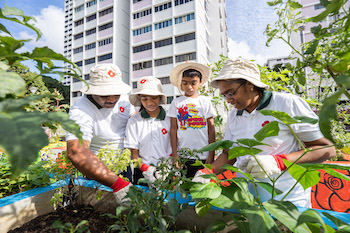
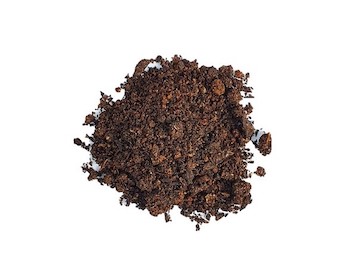
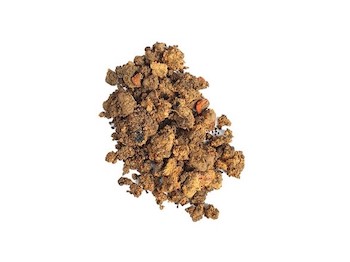
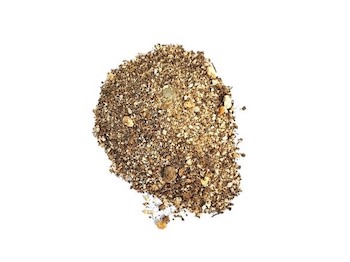
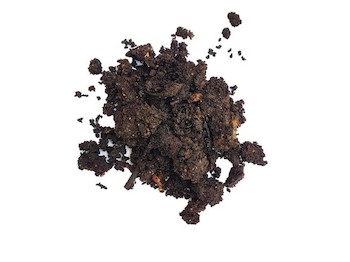
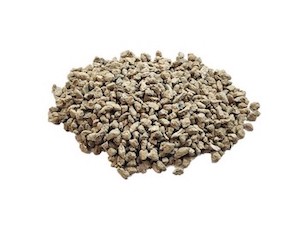
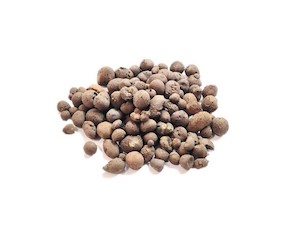
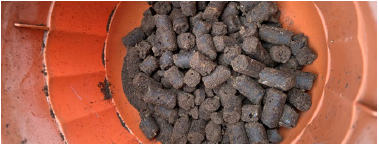
.ashx)
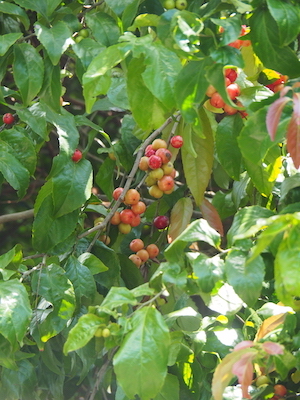
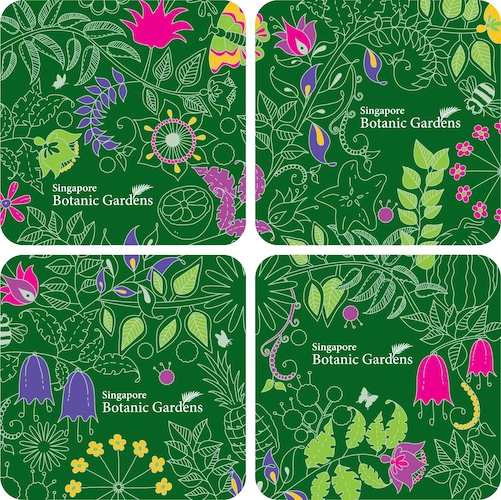
Have views or comments on this article? Let us know via this form. If you would like to give us feedback on any other areas relating to our parks and gardens, please submit via https://www.nparks.gov.sg/feedback